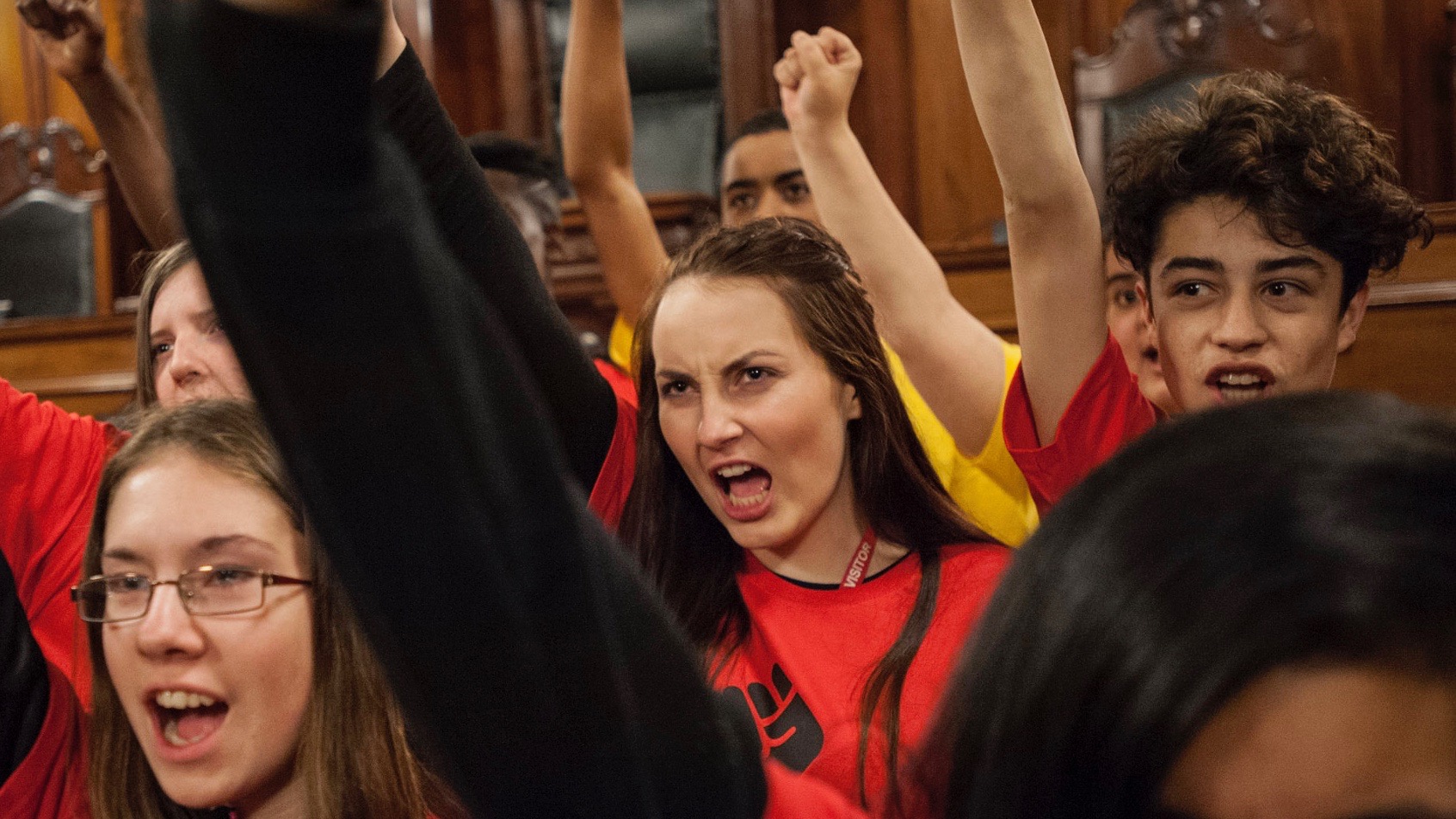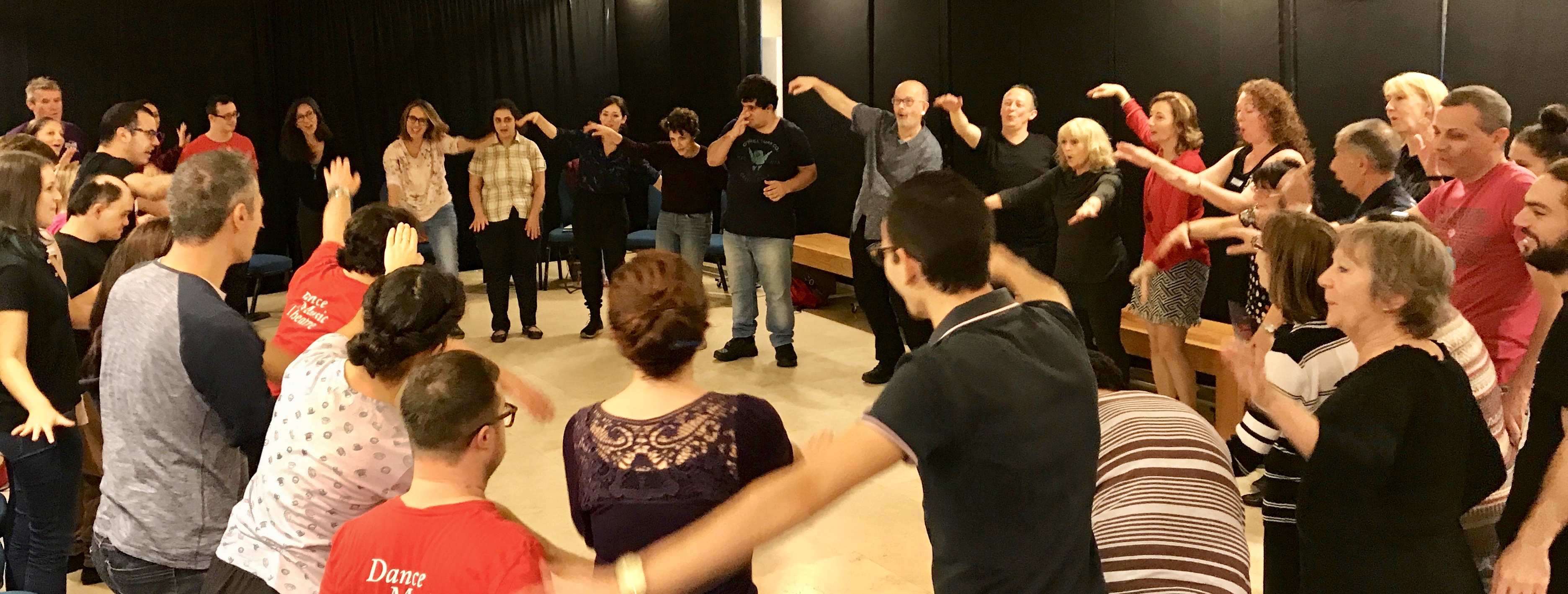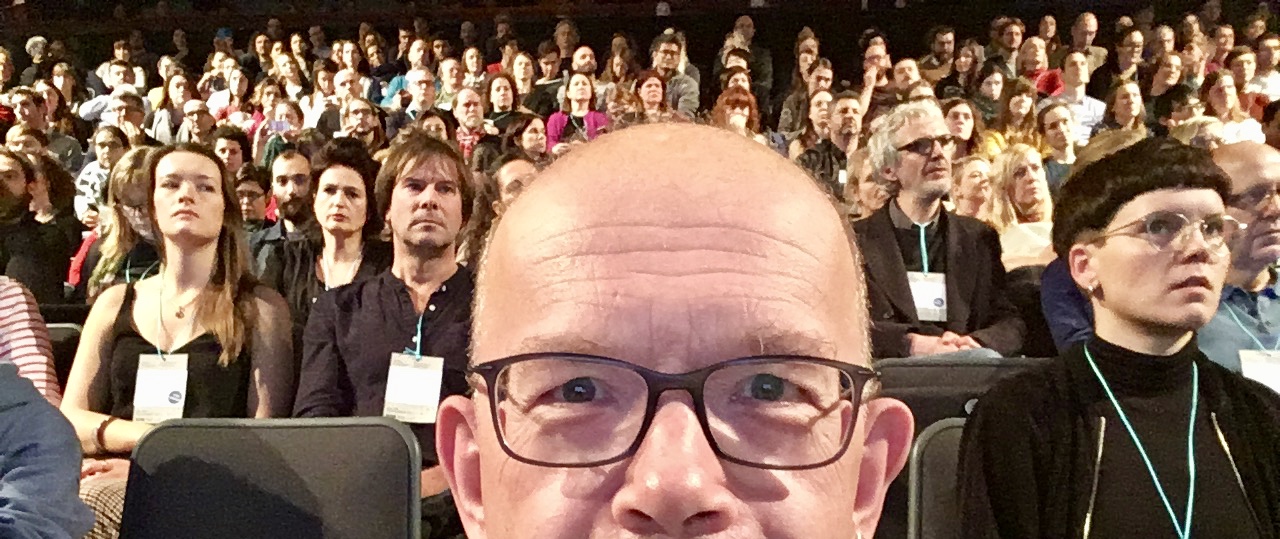© 2017 Tim Wheeler Arts | Website designed by – Projeto
Photographs by Kippa Mathews, Carolyn Mendelsohn, Tim Mitchell, Tim Smith and Tim Wheeler
Welcome to my blog… it’s a kind of travelogue, Book Two of my Quixotic adventures. In Book One, I left school at 16, was a maggot farmer, a male orderly and on the dole. I went to art college, in Harrogate, then Dartington, then Bretton Hall. I set up 4 companies, Mind the Gap, Musical ARC, One in Four and Fabric. All lasted for at least ten years, and 2 are still alive today.
Then my stomach tied itself in a knot. Thanks to the NHS, I was regenerated, and now I’m off on new adventures. Unsure of my muse… looking for new sidekicks. Follow me to find out more…

Bradford: It’s a Riot!
Tim Wheeler reflects on Revolution: Bradford, on 7th November, commemorating the revolutionary spirit in us all.
I reckon there hasn’t been a revolution in England because of the weather. If it’s raining we stay in. If it’s sunny, we moan about the heat. Lizzie the BSL interpreter for Revolution: Bradford reminded me of the Yorkshire saying: ‘It’s either bin rainin’, is rainin’, or abah t’rain.’ Revolution: Bradford was a Happening in 3 acts, inspired by the work of Albert Hunt, supported by the wonderful team from Freedom Studios, and of course, it rained! Though not enough to dampen the spirits of our intrepid revolutionaries.
We created a series of games to be played outside and in. Act 1: The Struggle was based on Capture the Flag played in the Mirror Pool, Act 2: The Storming based on Grandma’s Footsteps was played in Centenary Square and the Civic Entrance to City Hall. And Act 3: The Revolutionary Youth Council was a Forum Theatre event where spectators become spect-actors and attempt to solve problems that were presented theatrically. We even had a Cossack on a horse. The Cossack was called Catherine (she was Great!), riding Malik the stunt horse.
Like all good revolutionaries, we’d risk assessed the insurgence. We were warned by the police that there was a group of lads and lasses causing trouble in Centenary Square. Sure, enough they were there. Riding bikes, through the mirror pool, cutting across the square. They were ‘effing and jeffing’, then one lasses spotted there were younger kids around and said ‘effing shut up, there’s proper kids here’. Immediately they stopped messing and joined in. Shame that Council cuts have meant the end of detached youth work. The costs of policing rises, as the support for youth services decline.
The Revolutionary Youth Council involved students from Carlton Bolling College and Grange Technology College, expertly led by Natalie and Anna from Freedom Studios. The young people brought their concerns: we acted and debated gender stereotyping in sport, racism and cyber bullying and university fees - some of burning issue for this generation. One 15-year-old lad said ‘imagine going into a betting shop and putting £50k on any horse at 10-1, that’s the odds of coming out of university and getting a better job.’ A bright lad, university material, seriously questioning if it would do him any good.
So, why commemorate the Russian Revolution? To be clear, this wasn’t a celebration of the barbarity of the events in Russia post 1917. It was an opportunity to focus on the art of personal and social transformation. The seed had been planted in the early 1990’s. I met Albert Hunt in Rio de Janeiro when I was presenting at a Festival of Theatre of the Oppressed convened by Augusto Boal. We talked about the possibility of a re-enactment.
In 1967, Hunt was the self-styled 'Happenings Officer' at Bradford College. He was struggling to engage his students, and hit upon the idea to use theatre to bring a history lesson to life. He planned a series of talks and a theatrical game to be played out on the streets on the 7th November. The events climaxed with the Storming of Cartwright Hall in Manningham. Over 300 students took part. He wrote about the experience in Hopes for Great Happenings which has recently been re-published by Routledge.
Albert had hoped to be involved in the activities this time round. I caught up with him in 2015. He lit up as he talked about his pioneering work and the possibility of an event in 2017. Sadly, he died a short while after we met.
I’ve lived in Bradford for 30 years. I’ve seen massive change – mill closures, the riots of the late 1990s, the re-development of the city centre into a place that people actually want to go. The weather matters, no doubt. So too does the built environment, the buildings, the Mirror Pool – but people matter most. Bradford’s people are generous, pragmatic and kind. Witness the Bradford Council of Mosques re-roofing the Jewish Synagogue. An act revolutionary kindness. Only in Bradford! I’m hopeful. The young people we worked with certainly had ideas about how things should be.
When Bradford put its bid together to be Capital of Culture in 2008, I joked that the strap line should have been Bradford: It’s a Riot. In the end, we settled on Bradford: One Landscape Many Views. A line taken from a painting by David Hockney. Maybe that’s Bradford’s gift to the world. One place that can hold conflicting and contradictory views, respectfully, and a place where to feel at home is a revolutionary act.
So, here’s to Bradford 2117, the bi-centenary. I hope that the technological revolution we are living though now solves the problems of climate change and that we learn to value people more than buildings. We love to tell ourselves dystopian tales. Few are interested in Utopia, first imagined by Sir Thomas Moore in 1516, it literally means ‘no place’, As Dorothy said ‘there’s no place like home’. Viva Bradford!

Opening Doors, Valletta, Malta November 2017

The best of times… The worst of times… ietm Brussels, November 2017




